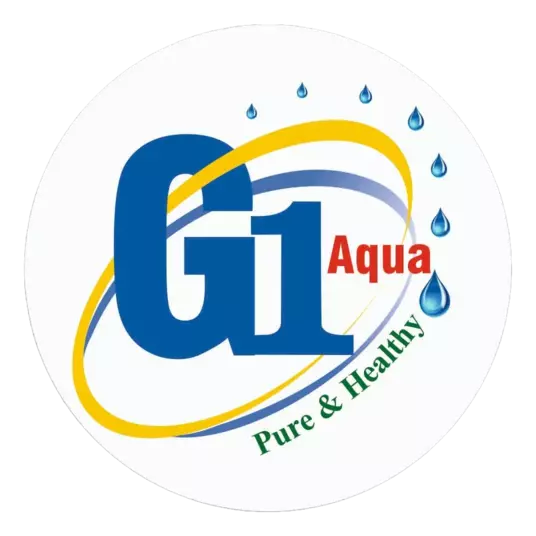Wastewater treatment is essential in today's world, where sustainability, environmental protection, and regulatory compliance are critical for both industries and communities. Two of the most common water treatment solutions are Effluent Treatment Plants (ETPs) and Sewage Treatment Plants (STPs). While both aim to treat and purify wastewater before releasing it back into the environment, their applications, technologies, and treatment goals differ significantly.
What is an Effluent Treatment Plant (ETP)?
An Effluent Treatment Plant is specifically designed to treat industrial wastewater. This wastewater can contain a wide variety of pollutants, including heavy metals, toxic chemicals, oils, greases, organic matter, and other harmful contaminants. Each industry—whether it’s pharmaceuticals, textiles, food processing, or chemicals—produces unique types of wastewater, which makes the design of an ETP highly customized.
ETPs typically utilize a combination of physical, chemical, and sometimes biological processes to remove contaminants. Common stages include:
- Screening: Removal of large solids and debris
- Neutralization: Adjusting pH levels using acids or bases
- Coagulation and Flocculation: Using chemicals to bind small particles into larger clumps
- Clarification: Settling of flocculated particles
- Filtration: Passing through sand or activated carbon filters
- Sludge Handling: Managing the concentrated waste removed from the water
What is a Sewage Treatment Plant (STP)?
A Sewage Treatment Plant treats wastewater generated from domestic sources such as toilets, kitchens, and bathrooms. This type of wastewater is rich in organic matter, nutrients, and pathogens but does not typically include industrial toxins.
STPs primarily rely on biological treatment processes to break down organic contaminants. The most common methods include:
- Primary Treatment: Settling of suspended solids
- Secondary Treatment: Aerobic or anaerobic digestion using bacteria
- Tertiary Treatment: Disinfection (e.g., UV, chlorination) and nutrient removal
The treated water can then be reused for landscaping, flushing, or safely discharged into water bodies, meeting environmental regulations.
Key Differences Between ETP and STP
- Type of Waste Treated: ETPs treat industrial effluents; STPs treat domestic sewage.
- Pollutants Handled: ETPs handle complex, toxic pollutants; STPs mainly deal with biodegradable organic matter.
- Treatment Techniques: ETPs require a mix of chemical and physical processes; STPs rely heavily on biological processes.
- Regulatory Compliance: ETPs follow strict CPCB norms; STPs are mandatory as per local municipal bylaws and environmental guidelines.
- Reusability of Treated Water: Both can provide recyclable water, but STP-treated water is more suitable for non-potable applications like flushing and gardening.
- Design & Cost: ETPs are more complex and expensive to design and maintain than STPs due to the diversity of pollutants.
Choosing Between ETP and STP
Choosing between ETP and STP depends on the type of wastewater your premises generate. If you are operating a factory, industrial unit, or chemical plant, an ETP is mandatory. On the other hand, if you're managing a residential society, commercial complex, or institution like a school or hospital, an STP is what you need.
In some integrated setups, especially large campuses or SEZs, both ETP and STP are installed to treat mixed wastewater in stages. Consulting a certified environmental engineer or a water treatment specialist like G1 Aqua can help you select and customize the right solution.
